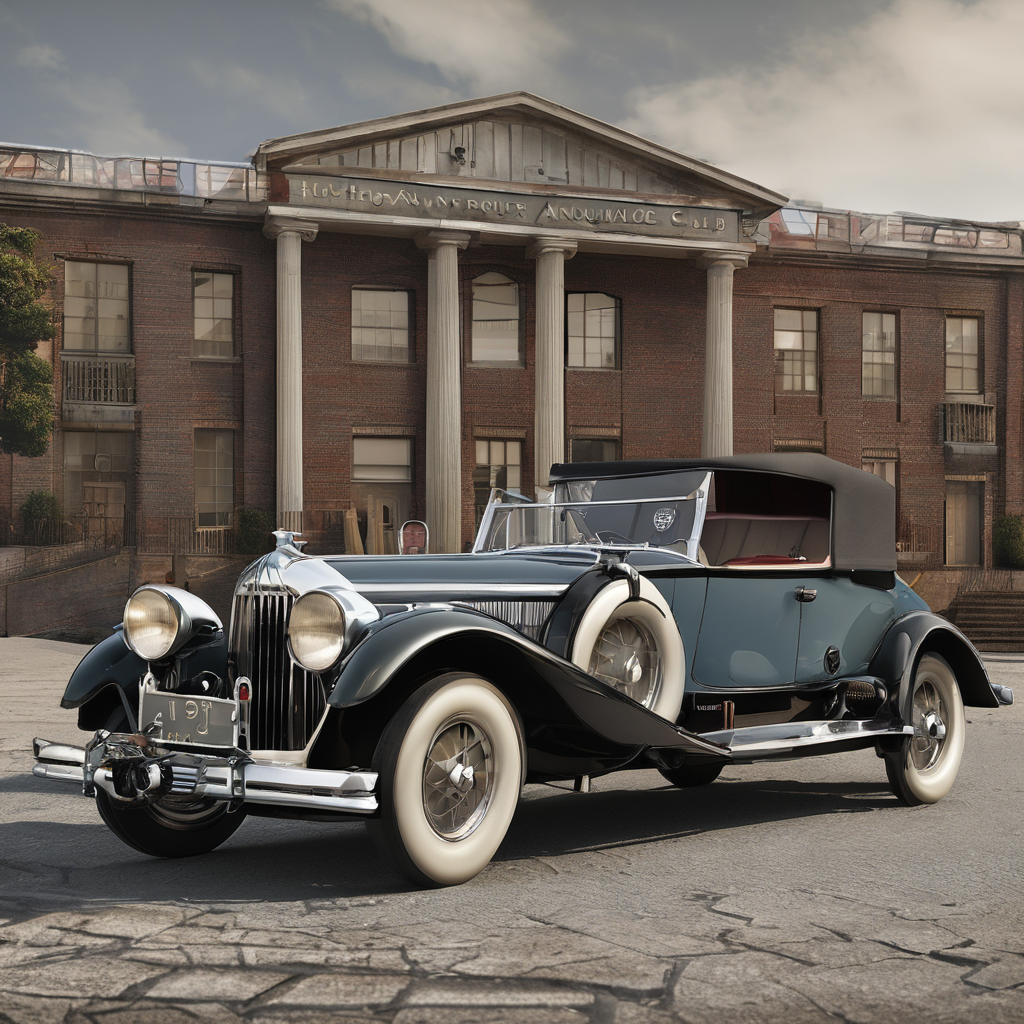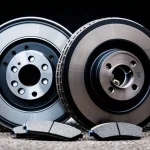Understanding Adaptive Cruise Control and Vintage Car Compatibility
Examining how modern tech meets classic design
Adaptive cruise control is a sophisticated driver assistance system that automatically adjusts vehicle speed to maintain a safe distance from the car ahead. It uses sensors and radar to monitor traffic conditions and can ease the driver’s workload during highway driving. When considering vintage British cars, integrating such advanced technology presents distinctive challenges.
Have you seen this : Supercharge your british hatchback: the definitive guide to boosting speed with a high-performance air intake system
Retrofitting adaptive cruise control in classic car technology integration demands careful evaluation of the vintage vehicle’s electrical systems, braking mechanics, and overall architecture. Unlike modern vehicles designed with integrated electronics, older models often lack the necessary electronic control units (ECUs) and sensors required for seamless operation.
Key considerations for compatibility include the car’s braking system type, existing wiring harness capacity, and space for sensor installation. For instance, traditional hydraulic brakes in many vintage British cars may need substantial modification or replacement with electronic equivalents to enable adaptive cruise functionality. Additionally, ensuring that adaptive cruise control components do not detract from the car’s classic style or mechanical integrity is vital.
In parallel : Boost your fuel economy: top strategies for improving efficiency in british hybrid suvs!
In summary, retrofitting adaptive cruise control into vintage British cars involves overcoming mechanical and electronic integration hurdles, but with precise assessment and modifications, classic car technology integration can be successfully achieved.
Planning the Upgrade: Tools, Components, and Sourcing Parts
Before installing adaptive cruise control, assembling the right tools and components is critical. Essential tools generally include a digital multimeter for testing electrical circuits, trim removal tools to avoid damage during panel removal, and torque wrenches for precise fastening. Some installers also recommend an OBD-II scanner to verify software updates or diagnose issues after the upgrade.
Key adaptive cruise control components are the radar sensor, control module, wiring harness, and, in some models, a dedicated camera system. Trusted brands like Bosch, Continental, and Denso offer proven modules compatible with many vehicles. Selecting high-quality components helps ensure reliability and seamless integration with your car’s electronics.
When it comes to sourcing retrofit parts, vintage vehicle owners should prioritize suppliers that specialize in automotive electronics and provide tailored solutions for older makes. Specialist dealers and forums dedicated to classic cars often share valuable insights or direct links to trusted vendors. This approach minimizes compatibility issues and supports comprehensive technical support during installation.
Planning carefully with the right tools, components, and sourcing strategies accelerates your adaptive cruise control upgrade and enhances overall system performance.
Integration Process: Wiring, Electronics, and Safety Protocols
Integrating adaptive cruise control into classic cars requires careful attention to wiring and electronics integration. Unlike modern vehicles designed with these systems, older models lack the pre-built infrastructure, so precise adaptation of wiring adaptive cruise control components is essential. This includes routing sensor wires, connecting control modules, and ensuring seamless communication between new electronics and the vehicle’s existing systems.
Safety protocols during and after installation must be rigorous. Technicians prioritize retrofit safety by double-checking all electrical connections for insulation and secure fitting to avoid shorts or interference. Fuses and relays are often added to protect both the vehicle and the adaptive cruise control system. Additionally, it’s standard practice to perform diagnostic tests verifying the electronics integration is stable and does not affect braking or steering functions.
Modern electronics in classic cars require a balanced approach—maximizing safety while preserving the car’s original operation. Illustrative diagrams typically guide installers through wiring adaptive cruise control paths, showing clear connections and grounding points to prevent malfunctions. Adhering to these steps ensures the retrofit is not only functional but also reliable and safe for regular use.
Step-by-Step Installation Guide
Installing adaptive cruise control in classic British cars is a meticulous process, requiring precision and care. A thorough understanding of the step-by-step adaptive cruise control installation ensures seamless integration with your vehicle’s original systems.
Begin by carefully preparing your vehicle and workspace. This involves disconnecting the battery to avoid electrical hazards and clearing space for sensor and camera installation. Attention to detail during this phase reduces complications later.
Mount sensors and cameras at designated points, often on the front grille or bumper. Proper alignment is crucial; a slight misplacement can affect the system’s ability to detect obstacles reliably. Use mounting brackets compatible with classic car designs to maintain aesthetics.
Integrating the system with vehicle controls and wiring demands skill. You’ll interface the adaptive cruise control module with the throttle and brake controls, utilizing installation instructions that specify connector types and wiring diagrams. Adaptations might be necessary since older wiring harnesses differ from modern vehicles.
Finally, test functionality and calibrate sensors. Calibration aligns the system’s sensors with the vehicle’s real-world environment, enabling precise operation. Following these carefully outlined steps helps achieve a successful retrofit, blending modern safety with classic charm.
Costs, Legal, and Insurance Implications
When considering an adaptive cruise control retrofit, understanding the cost breakdown is crucial. The total expense includes components like sensors and software, labour by specialists skilled in classic car electronics, and potentially additional calibration services. Prices vary widely but expect to invest significantly more than a standard maintenance job due to the complexity of integrating modern tech with older vehicles.
From a legal standpoint, UK rules require that any modifications to classic cars must comply with road safety and vehicle standards. Retrofits should not impair the vehicle’s original compliance to ensure it remains road-legal. It is essential to confirm that the adaptive cruise control retrofit will not void any historic vehicle tax benefits or conflict with MOT requirements. Documentation from the installer proving proper fitment can be critical during inspections.
Regarding insurance, car insurance modifications must be declared. Failing to inform your insurer about adding adaptive cruise control could lead to voided coverage. Many insurers offer adjustments to premiums or policies reflecting new safety features, which might result in discounts. Transparency with your insurer ensures your coverage accurately matches your vehicle’s modified state and guarantees peace of mind on the road.
Impact on Vehicle Value, Originality, and User Experience
Modern technology retrofits can have a significant impact on classic car value. While some purists insist on maintaining strict originality, many owners seek upgrades to enhance safety and drivability. This creates a delicate balance between preserving authenticity and modernizing functions like braking, lighting, or infotainment.
When it comes to originality vs. modernization, installing new components might reduce collector appeal when resale is considered. However, thoughtful upgrades executed with reversible modifications can maintain vintage aesthetics while improving practical usability. This balance often appeals to enthusiasts wanting an authentic driving experience without compromising comfort or safety.
User feedback frequently praises how moderate technological additions enhance the vintage car driving experience. Features such as improved suspension or discreet navigation systems allow drivers to enjoy classic vehicles more regularly without the drawbacks of purely original setups. However, excessive or visible modifications can deter traditional collectors and impact value negatively.
Ultimately, decisions around these changes must consider both immediate enjoyment and long-term resale implications. Owners should evaluate which updates improve the driving experience while respecting the car’s heritage, preserving its value and unique charm.
Additional Technical Resources and Professional Assistance
When dealing with adaptive cruise control specialists, it is essential to utilize reliable technical resources and seek professional installation support for optimal results. Specialized forums offer a wealth of knowledge where experts share insights, troubleshooting tips, and updates on the latest technologies. These platforms can help you understand system intricacies that go beyond the manufacturer’s manual.
For those handling installation or maintenance, detailed technical documents, wiring diagrams, and instructional videos are invaluable. They provide step-by-step guidance and clarify complex procedures, reducing errors and ensuring precise setup. Accessing certified resources guarantees that you work with accurate and up-to-date information.
In complicated cases, enlisting the expertise of professional installation support is highly recommended. Adaptive cruise control systems involve sensitive electronics and calibrations where mistakes can affect performance and safety. Specialists with experience understand firmware updates, sensor alignments, and compatibility issues that might be overlooked by general technicians.
Combining these resources and assistance empowers users and technicians alike to maintain or upgrade adaptive cruise control systems confidently, ensuring that the vehicle functions as intended with maximum reliability and safety.

